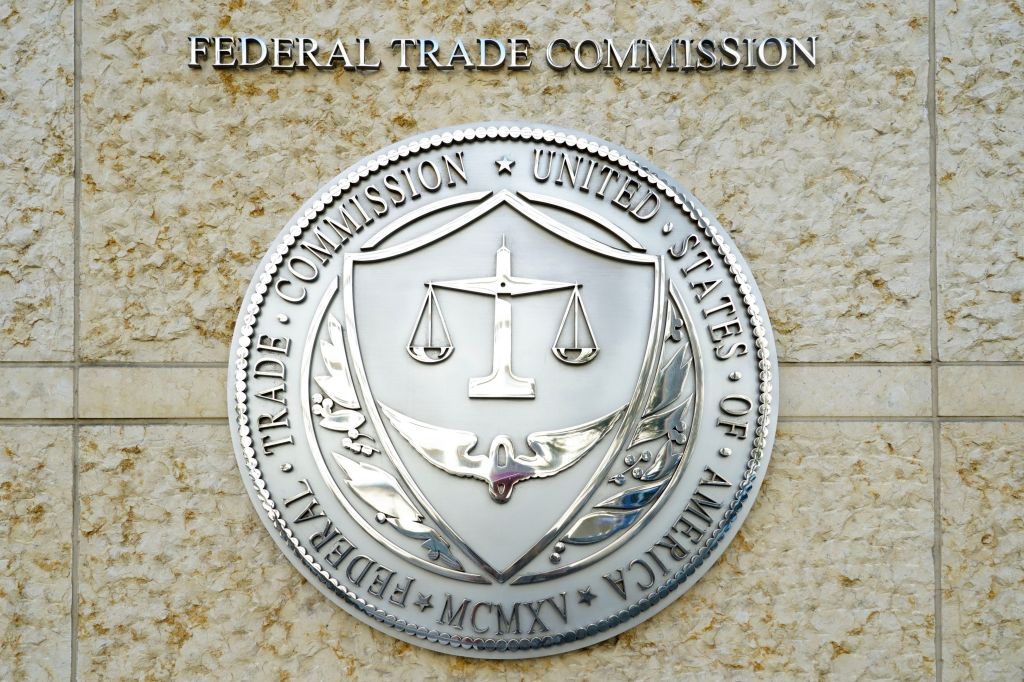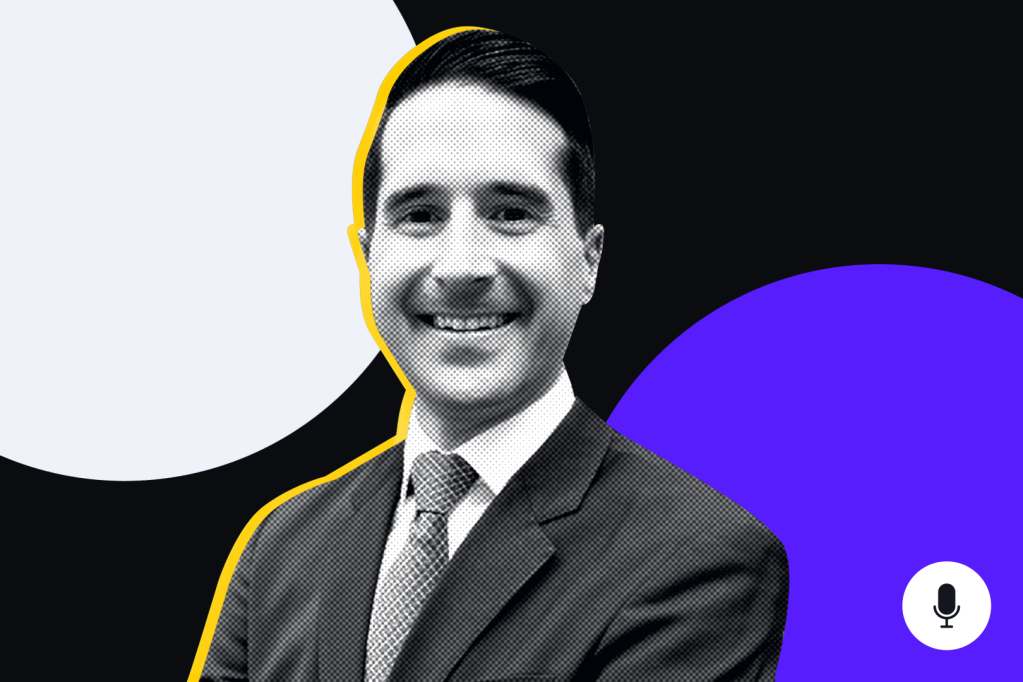The following is a transcript of the podcast episode Emily Wright on trade surveillance, ethics and conduct between GRIP senior reporter Carmen Cracknell and author Emily Wright.
[INTRO]
Carmen Cracknell: Thank you, Emily, for joining us on the GRIP Podcast.
Emily Wright: Thank you for having me. It’s a pleasure
Register for free to keep reading.
To continue reading this article and unlock full access to GRIP, register now. You’ll enjoy free access to all content until our subscription service launches in early 2026.
- Unlimited access to industry insights
- Stay on top of key rules and regulatory changes with our Rules Navigator
- Ad-free experience with no distractions
- Regular podcasts from trusted external experts
- Fresh compliance and regulatory content every day













